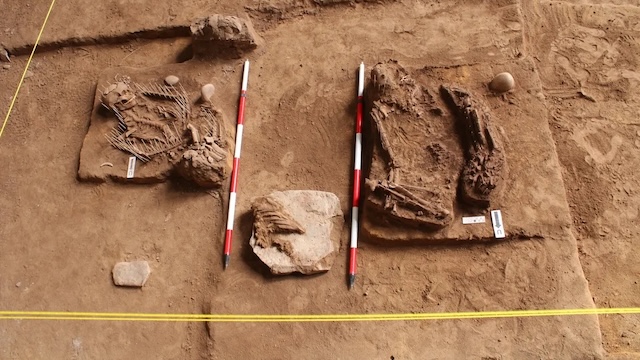Deep in the remote Nenggiri Valley, archaeologists have uncovered astonishing relics from a prehistoric past. Among the findings are 16,000-year-old skeletons, intricately crafted stone tools, pottery, and crystals buried in ancient caves. These artifacts, ranging from the pre-Neolithic to Neolithic eras, offer a rare glimpse into early human life in Southeast Asia. However, as modern development looms, these treasures face the threat of being submerged and lost forever.
16,000-Year-Old Skeleton, Crystals, and Stone Tools Discovered in Malaysian Caves
Archaeologists have uncovered a series of remarkable finds in the remote Nenggiri Valley caves in Malaysia, revealing secrets that date back 16,000 years. In the lead-up to the valley’s planned flooding for a hydroelectric project, researchers have discovered ancient skeletons, stone tools, crystals, and pottery, shedding light on the region’s prehistoric cultures. These findings offer a glimpse into the lives of early human societies in Southeast Asia, just as the area faces the threat of submersion under a man-made lake.
The Threat of Submersion in the Nenggiri Valley
The Nenggiri Valley, located approximately 135 miles (215 kilometers) north of Kuala Lumpur, is set to become a hydroelectric reservoir by mid-2027. The project will create a vast 20-square-mile (53 square kilometers) lake to support a 300-megawatt power station. However, this development comes at a cost: the caves, which house invaluable archaeological finds, will be submerged if the plan goes forward. These sites, rich with historical significance, have provided researchers with evidence of early human settlements that could soon be lost underwater.
Prehistoric Burials Unearthed in Limestone Caves
The excavations, led by archaeologist Zuliskandar Ramli of the National University of Malaysia, revealed 16 individual skeletons buried within 13 limestone caves scattered across four sites in the valley. Most of these skeletons belong to a pre-Neolithic culture, indicating the presence of a branch of the Hoabinhian hunter-gatherer society. The unique crouched or “fully flexed” burial position of 15 of the skeletons reflects the burial practices of that era, showcasing the cultural nuances of ancient Southeast Asia.
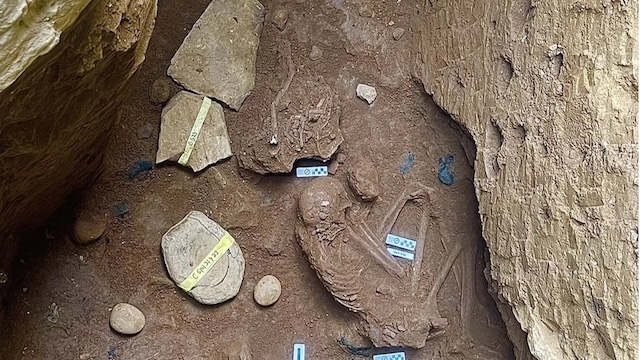
However, one of the skeletons found in an extended burial position was dated to a later period, the Neolithic era, approximately 6,000 years ago. This distinction in burial methods indicates a shift in cultural practices over thousands of years, providing a layered historical narrative for archaeologists to explore.
The Discovery of Gua Keledung Kecil’s Ancient Skeleton
Among the most significant discoveries is a remarkably well-preserved skeleton from a cave known as Gua Keledung Kecil. Estimated to be between 14,000 and 16,000 years old, this skeleton is the oldest and most complete in a fully flexed position ever found in Malaysia. This find provides a rare and valuable insight into the burial practices of the region’s prehistoric peoples and hints at the complexities of their social and spiritual lives.
Artifacts Found Alongside the Burials
In addition to the skeletal remains, the archaeological team uncovered a wealth of prehistoric artifacts, totaling more than 71,000 items. These artifacts include stone tools, pottery shards, stone ornaments, and minerals. The tools display the distinctive craftsmanship of the Hoabinhian culture, which spanned parts of Southeast Asia, including modern-day Malaysia, Indonesia, and southwestern China.
The team also found polished stone tools and a stone bracelet within the Neolithic grave. The presence of these objects, along with pieces of pottery, suggests a cultural evolution over time, revealing differences in how the deceased were honored and buried during the pre-Neolithic and Neolithic periods.
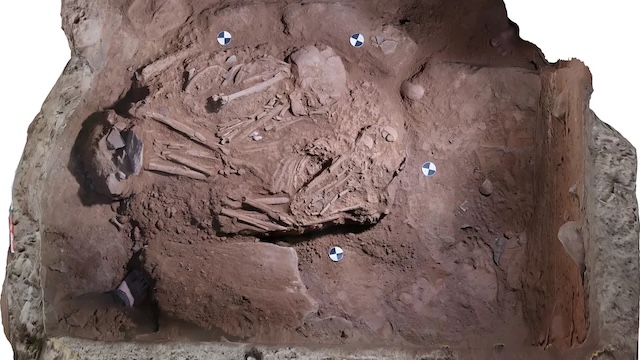
Grave Goods and Their Cultural Significance
The variety and type of grave goods found in the caves provide valuable insights into the beliefs and practices of these ancient peoples. In the pre-Neolithic graves, common artifacts included stone tools, crystals, and red ochre (hematite minerals), hinting at spiritual or ritualistic customs associated with death. These items were likely chosen for their significance in daily life and possible connections to beliefs about the afterlife.
In contrast, the Neolithic grave featured more refined objects, such as a polished stone bracelet and intricately crafted pottery. This shift in burial goods indicates an evolution in societal values and technological advancements over time, reflecting a society that was beginning to develop more complex tools and ceremonial practices.
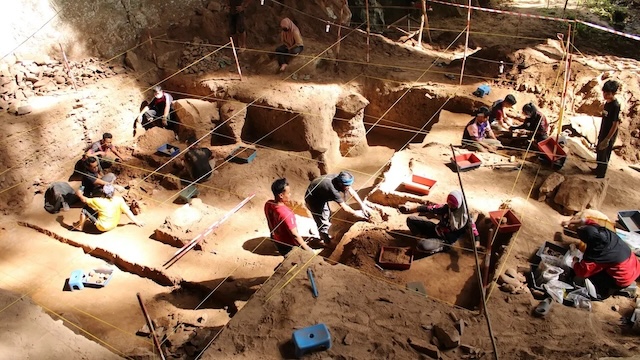
Future Concerns and the Cost of Modern Development
While the archaeological findings in the Nenggiri Valley have been groundbreaking, they face an uncertain future. The hydroelectric project, expected to cost over $1 billion USD, aims to provide electricity and water for irrigation while creating 2,000 jobs for local communities, including the Indigenous Orang Asli. However, critics argue that the project will have severe impacts on the environment and the livelihoods of the Orang Asli, submerging their ancestral lands and disrupting the region’s delicate ecosystem.
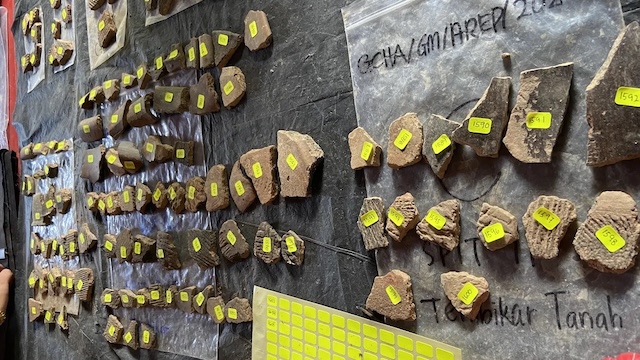
Conclusion
As development progresses, the preservation of these archaeological sites and the treasures they contain becomes increasingly challenging. These ancient artifacts and skeletal remains are not just remnants of a bygone era; they are pieces of human history that hold invaluable lessons about the cultural and spiritual life of early societies. The findings in the Nenggiri Valley serve as a reminder of the rich heritage that modern development can threaten if not approached with careful consideration.
